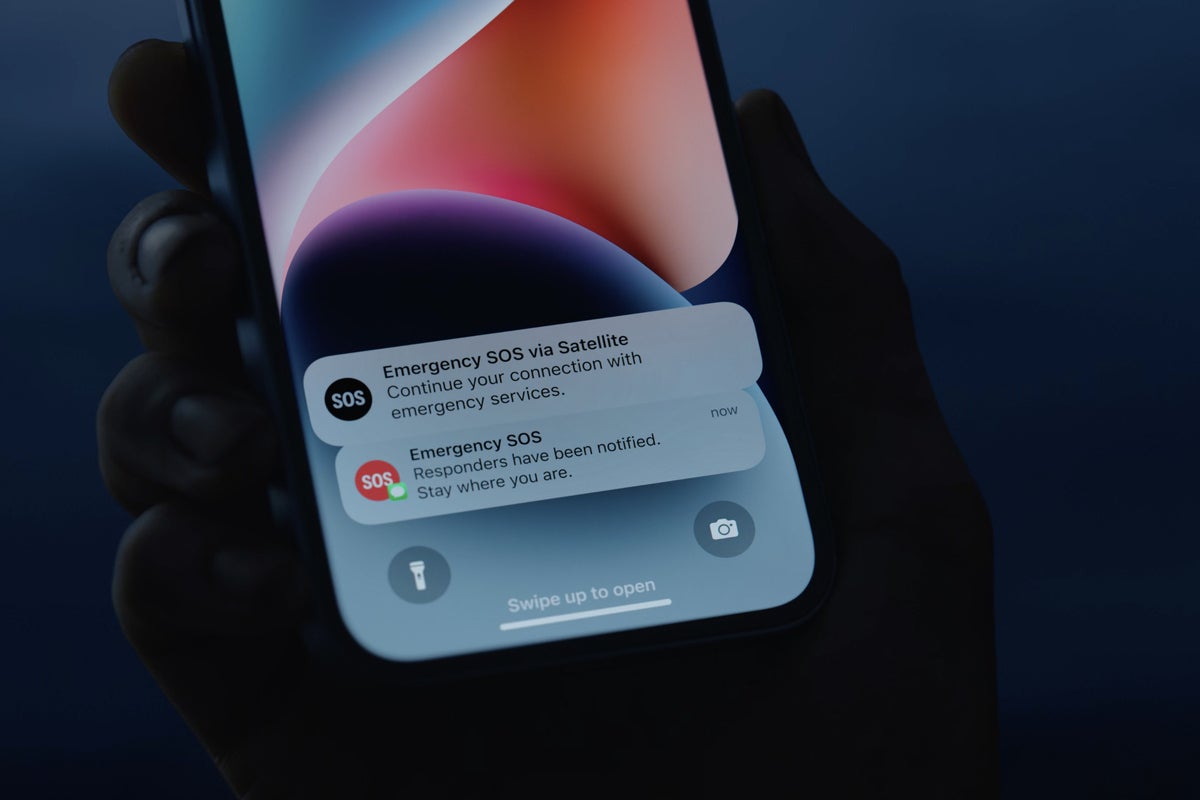MWC: iPhone Emergency SOS triggers new space race
Mobile World Congress (MWC) opens for business soon, and what Apple is doing usually casts a shadow at the world’s biggest mobile industry event. With that in mind, let's note the plethora of satellite communication tools being introduced in the prelude to this year’s show.
Satellite’s gone, way up to…
Apple introduced the first generation of satellite communications via smartphones in September 2022, through a huge, multi-year deal, with GlobalStar. History shows Apple’s service — Emergency SOS via Satellite — reached market first. It is now available in multiple nations with iPhone 14.
As MWC approaches, we’ve already seen announcements outlining new products and solutions that use this technology. Here’s a short, cherry-picked selection:
[ Keep up on the latest thought leadership, insights, how-to, and analysis on IT through Computerworld’s newsletters. ]
Samsung announced new technologies and plans for satellite phones.
UK company Bullitt Group and Motorola Mobility announced a new Bluetooth "satellite hotspot" that lets users send and receive text messages via satellite using any iOS or Android smartphone.
Bullitt also introduced its own CAT S75 phone with such messaging built in.
Qualcomm recently introduced Snapdragon Satellite, its own two-way messaging solution for high-end Android devices that uses Iridium satellites.
MediaTek introduced support for 3GPP NTN (satellite messaging). This is actually the chip used in the new CAT S75 Bullit phone.
Amazon and Telesat are also geared up for satellite services.
It's interesting that all these devices seem to support emergency connections, location sharing, and other useful features. And while some already offer a more "normal" messaging experience than you currently get with Apple’s implementation, the direction of travel seems the same. Analysts expect nearly all major satellite operators will be using their Low Earth Orbit (LEO) satellites for such commercial applications.
Messaging for the rest of us
“Two-way satellite communications on smartphones and other devices will usher us into a new era of connectivity and open up new possibilities across many different verticals,” said JC Hsu, corporate vice president and general manager of MediaTek’s wireless communications business unit.
We know Apple and GlobalStar are investing heavily in satellite infrastructure, and that most of that investment hasn’t quite reached the skies. The move suggests Apple’s current satellite usage proposition will in the future expand.
Apple already holds patents for expanding the service to handle photos, videos and other media applications, and others are moving in a similar direction, with two-way messaging clearly emerging as the next frontier. After all, if Bullitt and Motorola can do it, Apple won’t want to be far behind.
Will this be a feature in iPhone 15? Perhaps.
It seems pretty obvious that once Apple has enough birds high in the sky to support it, messaging via satellite will become a standard issue iPhone feature. In fact, given that competitors seem to be going in the same direction, this may become a standard issue for any smartphone.
While at first glance that may seem to be a negative for mobile telcos, it probably isn’t – if anything it means their networks will become less clogged with messaging bandwidth, bandwidth they can then use to provide the next-generation network services most seem interested in right now (think private 5G networks, SD-WAN, and IoT connectivity services).

Comments
Post a Comment